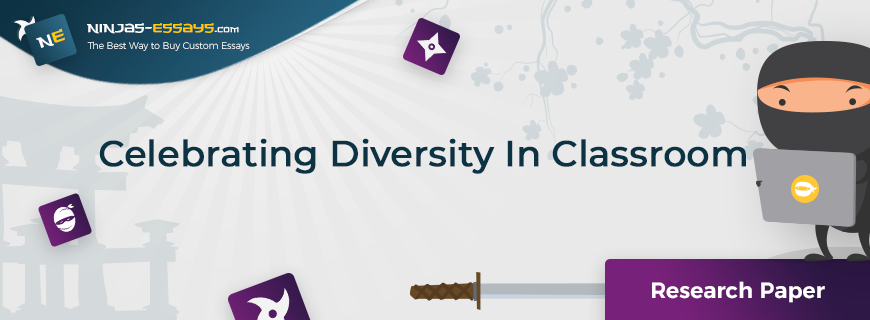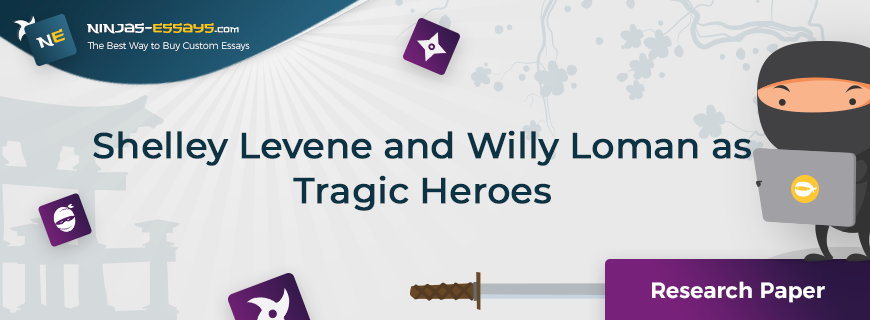
Abstract
The analysis of diversity celebration showed that it could be effectively supported with help of learning communities focusing on the development of the specific curriculum, formation of the group of students with specific needs, and implementation of the effective pedagogical practice. The learning community at the University of Texas in El Paso and La Guardia learning community had successfully adopted such policies. The comparison of success reached by students that were participants of learning communities and students that visited simple classes showed that the first ones had much higher results. The crucial role in celebrating diversity also plays multicontextuality that precipitates the formation of welcoming places in the academy for students of color, develops pedagogical strategies, and transforms the curriculum of classes to support diverse learners. The crucial aspect of reaching success is the application of specific strategies that focus on support of culturally and linguistically diverse students. It is also important to use discussion during classes because it helps students to share their beliefs and cultural views, thereby improving acceptance of each other and making the relations of teacher and student more tolerant and trustful.

Best Essay Writing
Services

Need Custon Writen Paper? We'll Write an essay from scratch according to your instructions
During the past 16 years, experts are working on the collective understanding of the aspect of “diversity” that prospers in the education. The crucial work was done on urging the administrators, students, and faculties take into consideration this issue and discuss it. The scholars working on the discipline paid crucial attention to the improvement of knowledge about people, history, culture, and practices. The experts consider that work with learning communities should include a range of efficient pedagogical strategies to support the learning process of all students and help them to positively perceive each other. The teachers should thoroughly choose the strategy paying significant attention to cultural and ethical peculiarities of the group. The research paper is grounded on the study of learning communities that celebrate diversity and investigation of a range of strategies, which should be used in the classroom with the aim of helping students to adapt better to the new environment, reach success, and gain a good profession.
Reaching Diversity through Learning Communities
The core elements needed to reach diversity through learning communities include the application of curriculum transformation, formation of learning communities for particular groups of students, and development of pedagogical practices that support diverse learners. In order to fully analyze these elements, it is crucial to understand the connection between widely accepted power of learning community structures and the work that has been done concerning diversity issues (Burnill-Maier, 2013). An efficient example of successful leaning communities is the one created at the University of Texas in El Paso that focused on engineering and math. The goal of the learning community was to form both social and academic societies and provide students with the opportunity to be successful in the core discipline (Ryu, 2008). Marrie K. Kitano considers that the goal of such communities should be grounded on several aspects (Ryu, 2008). These aspects concern the issues whether students could gain more thorough knowledge of the subject, whether the faculty can encourage students to accept others or themselves, and whether every student can understand the traditions, perspectives, and history of the specific group (Ryu, 2008). Moreover, the learning community of UTEP was oriented to the development of pedagogical practices that supported diverse learners through identification of the link between them and real-life experience of the student (Ryu, 2008). For example, one of the works that was premised on the discussion of crucial moments in life of students when they were going to leave the college helped to eliminate the occurrence of the similar problem in the future (Ryu, 2008).
You can Buy 3000 word essay on this or any other topic at Ninjas-Essays. Don’t waste your time, order now!
The other effective example is La Guardia learning community that was oriented to the liberal arts cluster that was grounded on four thematically integrated courses. The community was more focused on building trust through the discussion of the problem in a more comfortable and safe way (Burnill-Maier, 2013). The teachers in this community had to be good actors to let students consider that they were true creators of the rules. They constantly involved students in finding the best way out of the problem and induced them to generate ideas, which helped to identify real difficulties that they encountered and helped to form the strategy to cope with it (Burnill-Maier, 2013). The teachers and students also formed the work plan, which comprised definite rules and was signed by all students, thereby conforming to the agreement.
Multicontextuality is another crucial aspect of community learning. Ibbara working on the theory of multicontextuality proved that it provides the framework for thinking about learning communities as a place where educational institutions can make higher education accessible to all students (Edwards & Edwards, 2007). The theory of multicontextuality is a combination of the cognitive model and cultural context (Edwards & Edwards, 2007). It states that individuals that enter higher education form the mixture of cultural and cognitive context. The program to lead these groups will be successful only in case it supports the interchange of the current strategies with the bicondition and cultural context that are associated with cognitive perspectives.
The Effective Strategies Applied by the Teachers
The analysis of strategies applied by teachers showed that the most important are the ones that aimed at culturally and ethically diverse students (Edwards & Edwards, 2007). Thus, the crucial aspect relating to elaboration and implementation of such strategies is orientation to the number of problematic issues that should be mitigated. It is important to take into consideration the level of socioeconomic resources of the family that is associated with success at school but is induced by a range of other aspects such as the status of immigrants. The important factor in the elaboration of the strategy aimed at working with culturally and ethically diverse students is the study of the duration of living in the country that crucially influences success in the English language and other academic aspects (Edwards & Edwards, 2007). However, the degree of success is also measured by literacy of the individual in the home language. The strategies usually focus on the duration of habitation in the new country because the longer a person stayed in it, the greater success they will gain so that freshers will require to do more complicated work (Edwards & Edwards, 2007). The strategy should avoid generalization across the subgroup because it can lead to the misperception and emergence of the failure to address specific needs.
Applying diverse linguistic strategies, the teacher is focusing on the work of Collier and Thomas who represented the most comprehensive longitudinal research that was grounded on long-term academic efficiency for eight various K-12 programs for language-minority students and monolingual students, who knew English language and took part in two-dimensional programs (Sloan, 2008). The investigation showed that the second language (L2) academic achievement of older immigrants and strong grade-level schooling completed in the first language (L1) in the home country were less affected by the low socioeconomic status and were more dependent on the number of completed years (Sloan, 2008). The students with the low socioeconomic status arrived at a very young age or who were born in America achieved high levels in L2 when the grade level schooling was provided in both L2 and L1 in America (Sloan, 2008). An important aspect for strategies of work with linguistically and culturally diverse children is an interdisciplinary approach to curriculum. According to this concept, the teacher should teach reading not as a separate subject but as a process of learning the concept and investigation of the subject of this concept (Sloan, 2008). The peer tutoring and cooperative learning groups can work more efficiently using the computer as mediate language learning.
Support of Multiculturalism in the Classroom
Incorporation of multiculturalism in the classroom is a crucial issue of the teaching profession that requires application of different strategies. There is a range of strategies that are oriented to the questioning style and involve every student, allowing them to answer in the way that represents their cultural diversity and shows the difference with other students. The other strategy is role-play using any character from the literature that provides students an opportunity to express their opinion concerning the definite realistic situation (Smith, 2009). In fact, such approach enables students to express their attitude, convictions, beliefs, and feelings. Cooperative learning helps to focus on different strengths and styles of students. Moreover, such strategy can positively affect social relations between culturally diverse students. Hereby, the members of various groups begin to better accept each other. The strategy of group discussion stimulates the thinking process of an individual. In addition, it helps people to understand the views of every student that is necessary for close collaboration and acquisition of the best result. Furthermore, the discussion process helps to examine views of each other and provides the opportunity to gain an understanding of other cultures through learning how other students perceive them. The active involvement of every student in the classroom will help to add a spark of excitement at the classroom activities and develop listening, speaking, writing, and reading skills.
Conclusion
The study of the multicultural environment proved the necessity of constant analysis of the issue with the aim of elaborating new methodologies that could help students of diverse cultures to become more successful. The experts consider that one of the effective approaches is the formation of learning communities that can help a student to adapt better and faster to the new environment. The crucial aspects are the avoidance of generalization and support for expression of views, beliefs, and needs of every individual because openness will help to accept each other better and adapt to peculiarities that has the other individual. The experts prove that celebrating diversity will be effective only in case a teacher applies strategies, which can be dissimilar but premised on the support for the openness of students and formation of respect for specific cultural particularities of every individual.


